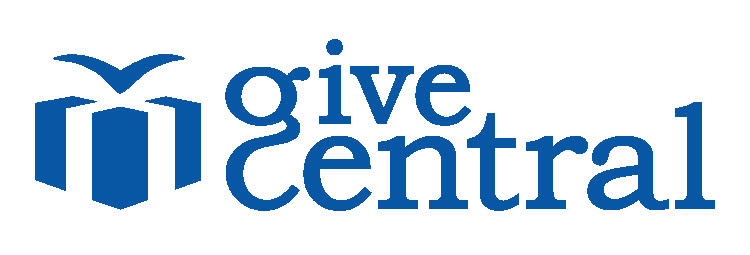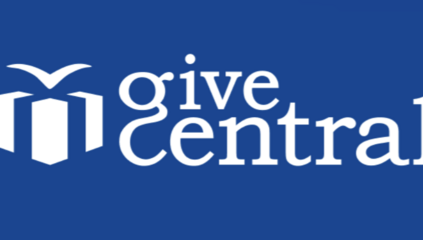When you plan your fundraising year for your non-profit one event a year is a must. Though more demanding than letters, emails, calls or speeches, fundraising events have many unique benefits, including connecting and engaging with your community, getting people to rally for your cause and generating goodwill for your organization.
The benefits of a fundraising event can be far greater than the challenge of organizing one, if the event is executed correctly. Here is an event checklist for you to get started:
-
Identify Your Target Audience
The first step in organizing any fundraising event is easy enough – to know who you would like to reach out to. Would your cause appeal more to men, women or families? Would it be worthwhile targeting teenagers? Or would your cause resonate more with seniors?
Once you have defined your audience, a lot will begin to take shape; simply because the type of events that appeal to seniors are very different from ones that target teenagers.
-
Define your goals
The more focused your goal is, the more successful your fundraiser will be. Would you like to organise a non-ask event that aims to create awareness and build preference? Alternately, if you wish to raise funds, decide on the amount of money you would like to raise. A common practice is to aim to raise at least 10% of what you spend. Either way, make your goals measurable. Ideally, it is good to have one main objective along with multiple secondary ones. For example, while the main objective may be to raise $5000, the secondary objective could be to get 25 people to volunteer for your cause.
-
Plan the day of the event
Start by choosing a suitable date and venue. You will also have to book a speaker and make arrangements for catering and entertainment. When choosing the venue keep in mind the number of attendees, facilities you could use, and accessibility. When finalizing the date, you would have to consider the availability of your speaker and catering and entertainment providers. Treat this as an opportunity to involve other members of your organisation by reaching out to them for their preferences and recommendations.
An essential part of your fundraising event would be the arrangement for attendee registration. Consider creating a form on your website for the visitors to fill out. Ask your attendees to include information like emails, phone numbers, postal addresses and more. By further building out your list of contacts you are shaping the success of all your future fundraising efforts.
-
Set a budget
Any fundraiser organised to raise money should give your nonprofit return on its investment. To decide how much you need to invest, calculate your overall spend for the event. Amongst others the costs to consider include venue, catering, entertainment and speaker fees, printing & mailing costs, travel expenses, licensing fee & permissions, marketing & advertising and photography.
Once this amount is decided, it is important to not exceed your spend beyond it. Every effort should be made to stay within the budget.
-
Build your team
Organizing an event can become overwhelming when left to one or two members of your organisation.
To build an internal event planning team, define the different roles and their respective responsibilities. Start with team leaders and work through, all the way to the volunteers. Cover roles in hospitality, marketing, guest and public relations and more. Create productive working relationships by establishing clear responsibilities and authority and building trust amongst team members.
Working together will get more done in lesser time. Here are some great tips to find, motivate and engage your volunteers.
-
Look for sponsors
Corporations often support causes as a way to give back to the community or for corporate benefits. Start your search by reaching out to possible sponsors, educating them about your cause and telling them about your fundraising event. Let them know who you plan to target and how you plan to promote the sponsor.
Bringing a corporate sponsor on board will make it easier to raise money through the fundraiser. It will make more funds available to organise a better event, and help you reach a larger number of people.
-
Promote your event
This is one activity that can be undertaken without limits. To promote your event, use all channels of communication – both traditional media like letters, leaflets and print advertisements as well as new media that includes your website, social channels and emailers. Your event’s target audience will help define whether to focus more on traditional media or new media. For example, if you wish to reach senior citizens, focus more on traditional channels whereas to reach a younger audience, focus more on new media. Deploy an effective content marketing strategy and involve members of your organisation to get the word out. The more you promote, the more attendees will register; resulting in more donations at the fundraiser.
-
Measure your achievements
Once your event is over, it’s time to evaluate your performance. What went well and what didn’t? Did you manage to achieve your goals? What are the press reviews like? Could you have done things differently for better results? What are the learnings? How could you apply them to future fundraising events?
Hopefully, you would also have a fresh list of registrations or donors. Use these lists for future goal setting, planning and acquisition.
-
Follow up after the event
Once your fundraising event is over, it may seem that there is nothing more to be done. However, just by going one step further you could make your next round of fundraising a whole lot easier.
Reach out to all those who were part of your event – attendees, volunteers and sponsors – and get their feedback. What did they think of the event and the preparations? What was it that they liked best or least? This information is sure to help you in the future.
Lastly, even though you would have thanked your donors during the event, follow up after the event with a final, personalised thank you message.
These small efforts go a long way in keeping participants engaged and building lasting relationships.
Use the above checklist to ensure the success of your event and make raising money easier, both during and after your fundraiser.
checklist easy nonprofit fundraiser easyfundraising Fundraising for Nonprofits Fundraising for the Future nonprofit event tips nonprofit events nonprofit fundraiser Nonprofits
Last modified: July 18, 2017















